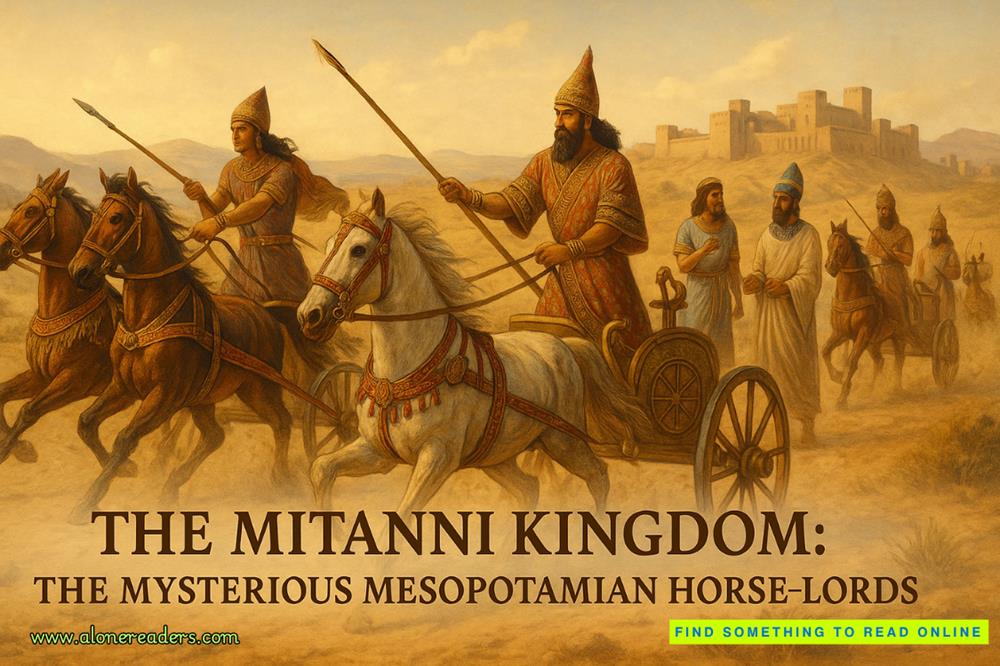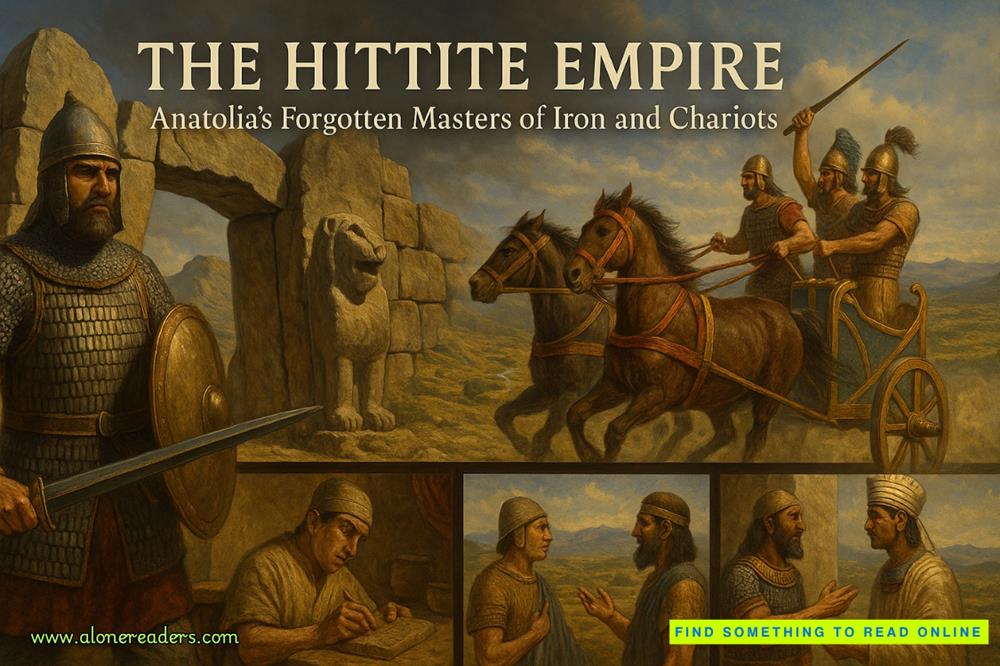Page 11 of Killer Clone
“That’s right. There was bruising around the victim’s ankles, suggesting the unsub strung him up prior to death?—”
“In order to bleed him out.” Stella finished.
If Slade was put out by the interruption, he didn’t let on. “See? You’ve definitely seen this before. There was also bruising around the wrists, suggesting the victim was bound. I was reminded of those lovely articles from your extended leave.”
“We caught the killer, though. This is probably something new.” Hagen didn’t like the idea of there being two unsubs with such a nasty modus operandi, but Maureen King wasn’t hurting anyone anymore.
Slade shrugged. “Probably. But you picked up plenty of press coverage up there. Could be a copycat.”
“Well, the cases are somewhat similar, what with the bruising around the ankles and the exsanguination. But I don’t see any of the unusual writing we found on the victims in Pennsylvania.” Hagen waved a finger in the general direction ofthe bare wall. “The throat’s intact, and the victims we saw didn’t have that precise cut on the neck.”
Stella jumped in. “Were there any marks or cuts on the victim’s back?”
Slade shook his head. “Forensics hasn’t provided a definitive answer yet. The problem is, the victim already has a pronounced scar on his back. Any scratches they found could be new, or they might be old scars mistaken for fresh injuries. We’ll know more when we get the M.E.’s report. Like I said, could be a copycat who didn’t quite get your unsub’s M.O. right.”
Hagen didn’t like this at all. “That seems like a pretty big part of the M.O. to miss, if it was a copycat. David Broad, the journalist who wrote all those articles, got into some extremely specific detail. They published the cuneiform markings on the backs of the victims.”
Stella leaned forward. “Are there any indications the Nashville killer has an accomplice?”
“Nothing definitive. But considering that the alley is open to the public, there’s no way to tell for certain.”
The Pennsylvania case involved an accomplice. A man Hagen had trusted. He’d worked with them during the investigation, and Hagen had believed he wanted to track down the killer in earnest.
Slade thought for a moment, then tapped the table. “We’re all going to have to keep an open mind. But it’s certainly out of the ordinary, and I want to make sure we don’t find any more victims like this one.”
“What about the civilians who found the scene?” Stacy’s gaze was fixed on the gray corpse. Hagen didn’t blame her. A bloodless body was a sight. Oddly translucent. “The cops questioned them?”
“They did and ruled them out. Security footage in the area has them staggering out of a bar and heading to the alley. Theyrun out seconds later, one zipping up, the other calling the police. The discovery sobered them up pretty darned quick.”
When Slade paused, eyeing Stella, then Hagen, discomfort made Hagen want to squirm.
A copycat isn’t our fault. Dammit, Broad.
“Right, let’s get to work. Hagen, Ander, go to the forensic center and find out what the M.E. has to say. When you’re done there, head to the victim’s dorm. Maybe his roommate will point us in the right direction.”
Warmth swelled Hagen’s heart. Even if he couldn’t get beers with Ander, at least he’d get a chance to spend some time with his friend.
Slade turned to Stella. He wasn’t wasting time. “You and Stacy, talk to the victim’s parents and then take another look at that alley. Forensics has been over it. But I want your eyes on the place. Anja, you’re with me today. I’ll give you the tour.”
Hagen exhaled heavily and stood. Leave was over. He really was back at work.
5
Hagen paced the entrance of the Middle Tennessee Regional Forensic Center.
He hated these places. Everything about a morgue erased a victim’s personality and history. The smell of formaldehyde and disinfectant. Waiting for the medical examiner in his crisp, white coat to escort them in. Finally, the sight of the corpse, cleaned up and laid out on a slab like some piece of forensic evidence.
Dammit. Why did Slade always do this to him?
The less time he spent around morgues, the happier he’d be.
He strode to the end of the hall, checked his watch, and walked right back.
Ander sat on one of the plastic chairs by the wall. He looked entirely at ease, his legs stretched, his fingers folded over the front of his belt buckle, as he described the minutiae of his relationship with Alessandra Lagarde.
They were both divorced and shared custody of their only children—him, a ten-year-old named Murphy, her, a three-year-old named Demetri—with their exes.
“Man, you should’ve seen Murphy and Demetri this morning. I was worried, you know? I thought Murphy would be all jealous of Demetri. He can get moody sometimes, like any kid. Figured he’d fight for my attention. But he was great. He held Demetri and helped to feed him. And Demetri was babbling away like an old drain. I’m telling you, those two are getting along like brothers. It’s great, man.”















